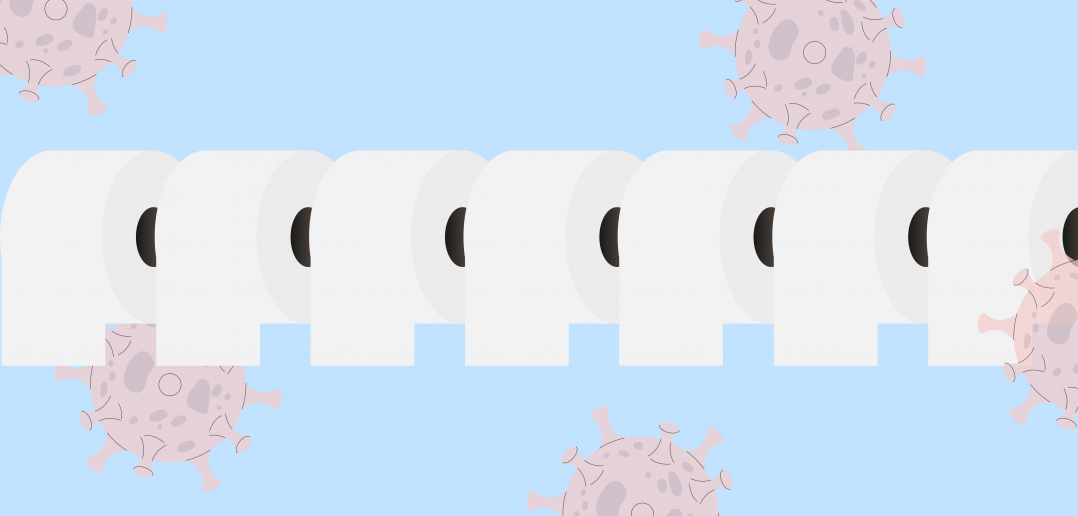Olivia Ojeda
Olivia Ojeda is an Associate Communications Specialist on the Thought Leadership, Editorial and Content team at SAS. In 2023, she graduated with a degree in Business Administration/Marketing from North Carolina State University. Day-to-day she helps write and edit collateral and enjoys creating colorful and creative blog posts.




